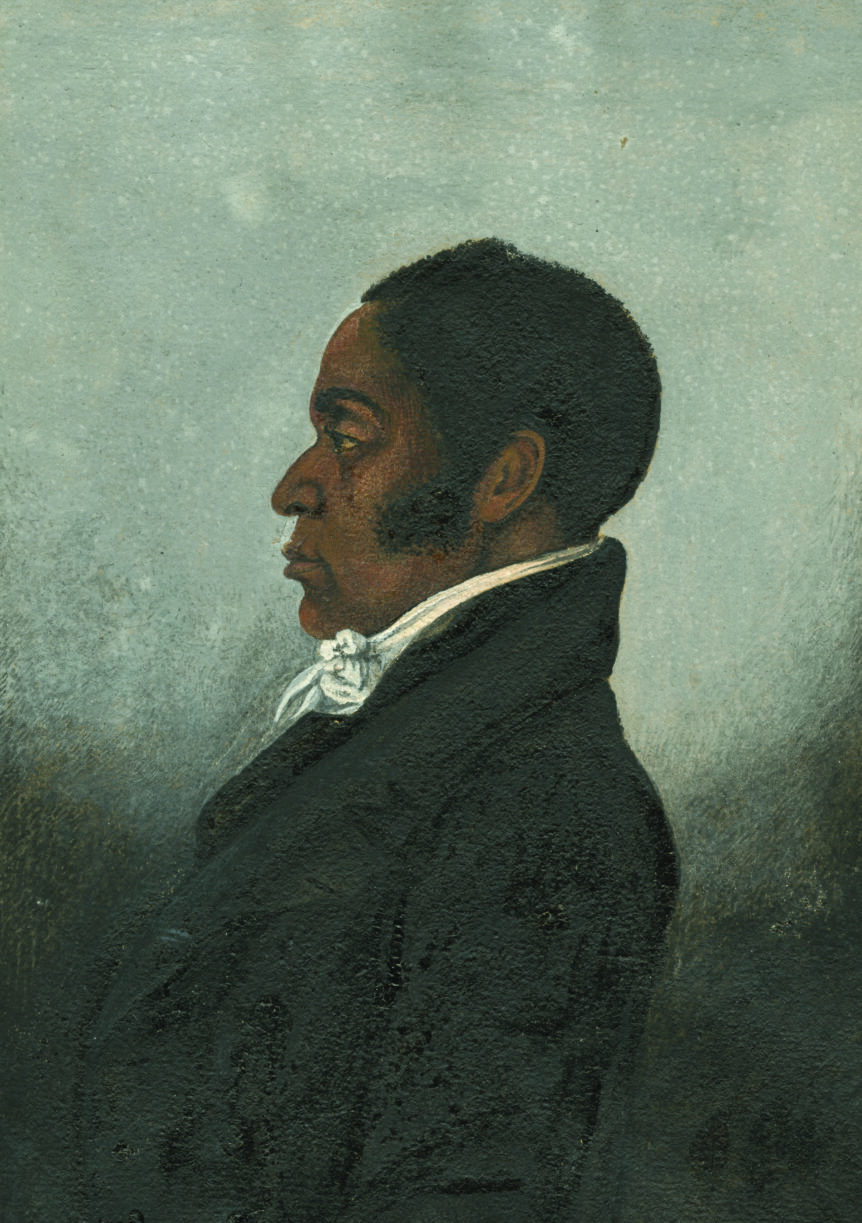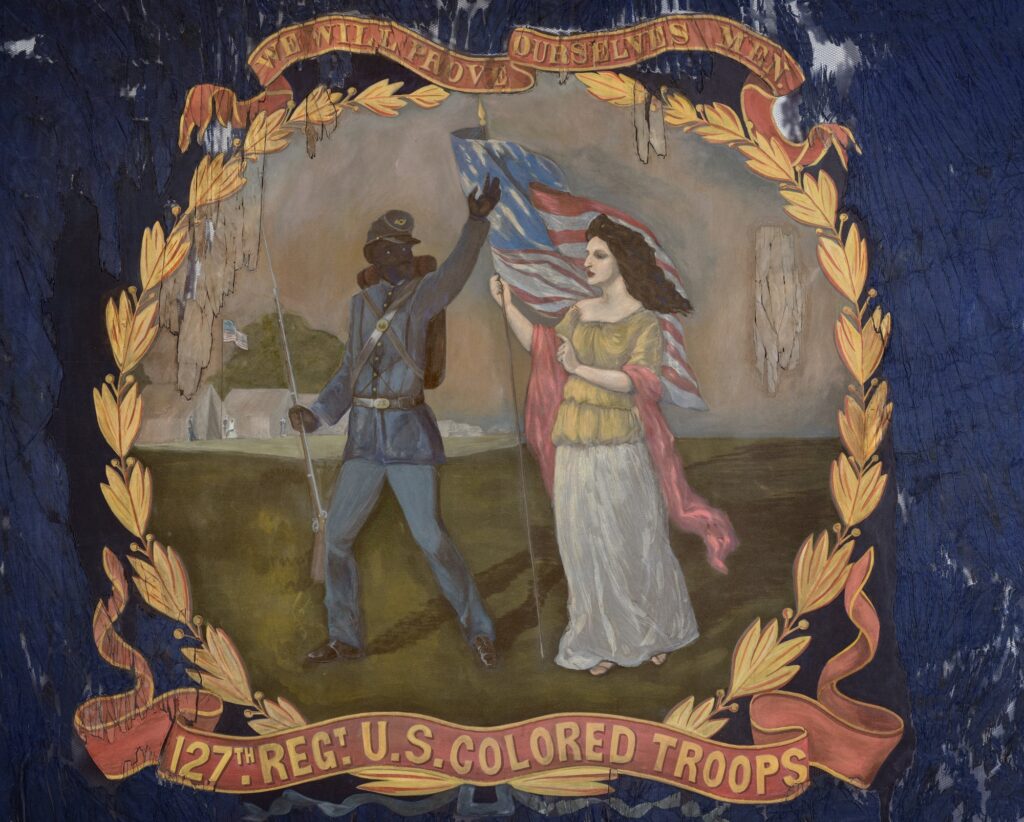
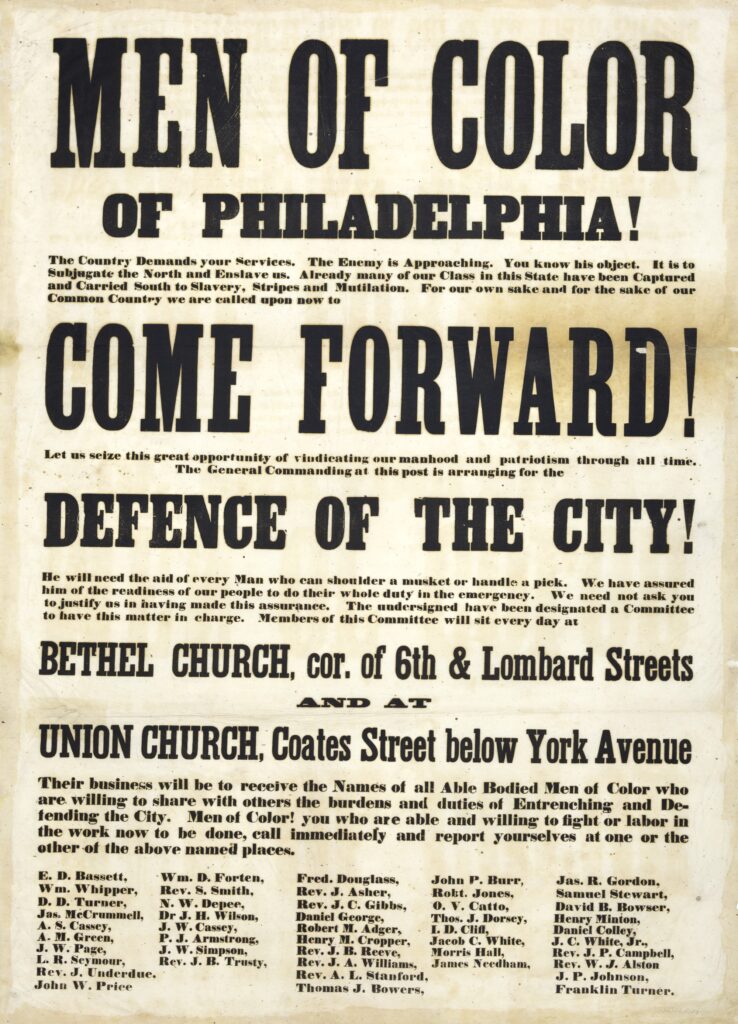
When the American privateer Royal Louis was captured in 1781 by the British ship HMS Amphion during the Revolutionary War, one of the prisoners taken was fifteen-year-old James Forten, an educated free Black resident of Philadelphia. Forten might have been sent into slavery in the West Indies, but instead the captain of the Amphion, impressed by Forten’s intelligence, made him the companion of his young son on board. Later, the captain even offered to send Forten to England to further his education. Forten declined, saying that he could not renounce his allegiance to the American cause. When the Amphion reached New York, Forten was sent to confinement in one of the fetid British prison ships floating in the harbor.
Forten was rewarded for his loyalty. Over the following years, he would become one of the most respected citizens of Philadelphia—a prosperous business owner, a leading abolitionist, and an eloquent political writer. His wife and several of his children would also become prominent activists in the anti-slavery movement, as well as in the fight for women’s suffrage. They are all the subject of a current exhibition at the Museum of the American Revolution, Black Founders: The Forten Family of Philadelphia.
The Fortens were a truly remarkable family. After the war, James Forten returned to the sailmaker’s loft where he had worked as an apprentice, rose to the job of foreman, purchased the firm when the owner retired, and made a fortune. He began his career as a civil rights activist writing a pamphlet in a successful effort to defeat a bill in the Pennsylvania legislature to place special legal burdens on free Blacks, then worked against the American Colonization Society’s campaign to “re-settle” free American-born Blacks in Liberia. Through those efforts, he met and befriended the abolitionist leader William Lloyd Garrison and helped fund his newspaper, The Liberator. The influential American Anti-Slavery Society—led by Garrison and with members who would include Frederick Douglass, Susan B. Anthony, and Wendell Phillips—was founded in Forten’s house in 1833.
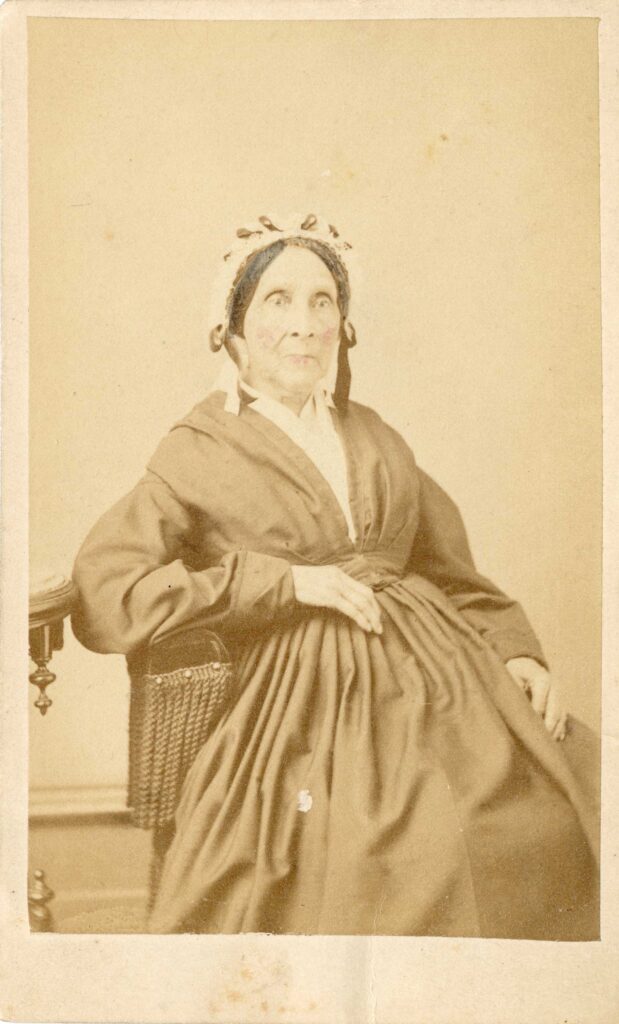
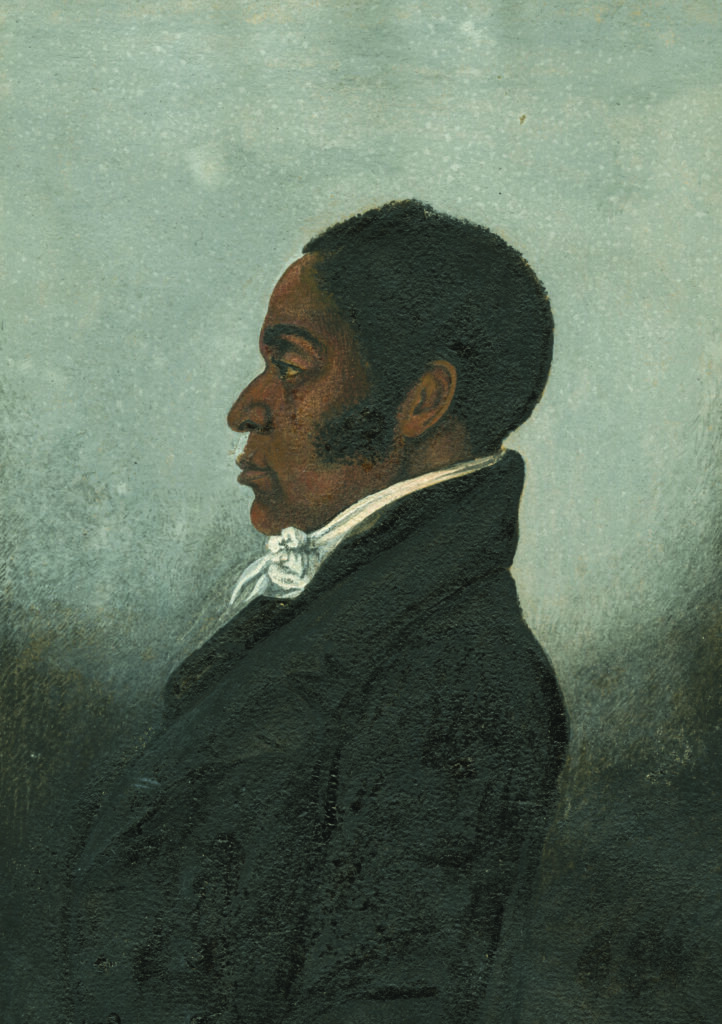
The AASS would not initially admit women as members. Charlotte Vandine Forten, the matriarch of the family, and her three daughters were among the founders of the Philadelphia Female Anti-Slavery Society in 1833. The abolitionist movement became bound up in the nascent fight for women’s rights, and the Forten sisters—Margaretta, Sarah, and Harriet—would become leading champions of both causes. Beginning in the 1830s, Harriet and her husband operated a station on the Underground Railroad and, by one count, helped some nine thousand escapees to freedom. The family’s eldest son, Robert Bridges Forten, was an admired abolitionist orator. He moved his family to England in 1858, but returned after the outbreak of the Civil War. When the enlistment of Black troops into the Union army was allowed, he signed up at age fifty, and died of typhoid fever while in the service.
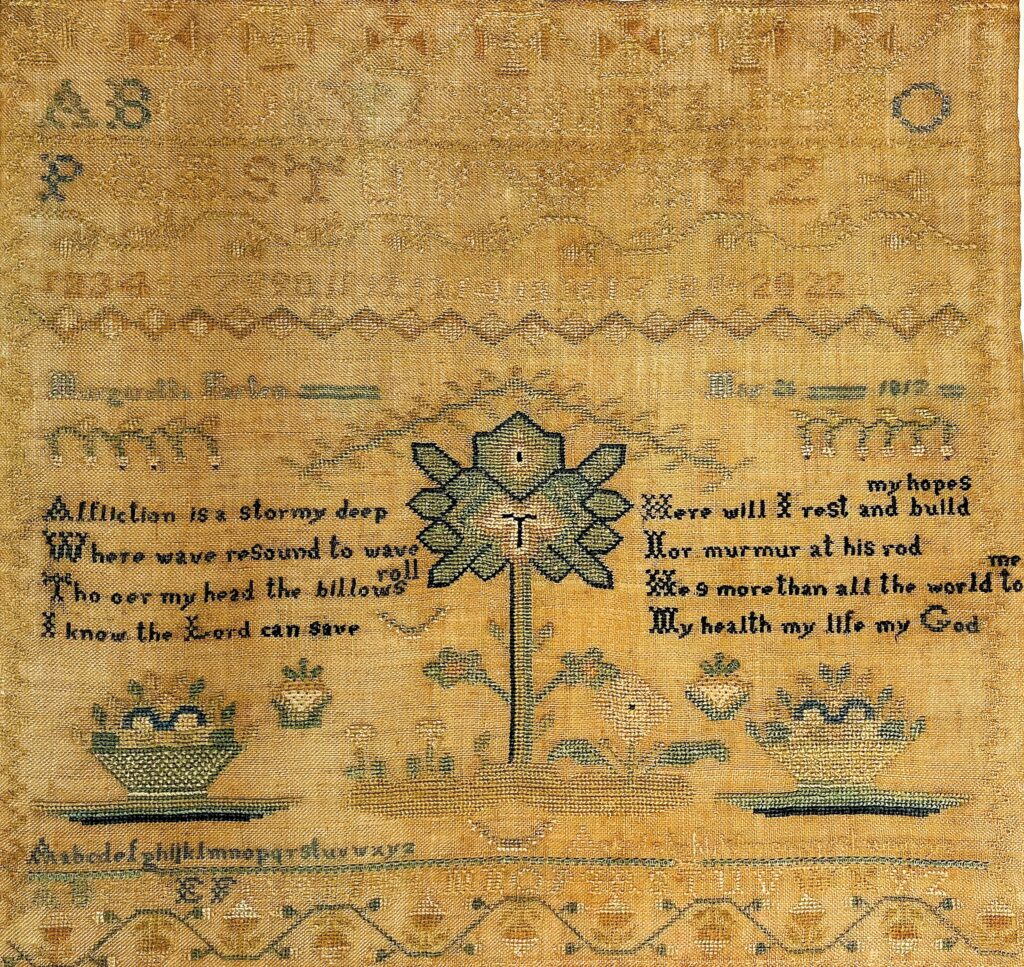
The exhibition includes more than one hundred artifacts related to the Forten family, including works of art, photographs, needlework, furniture, and the painted-silk battle flag of Robert Forten’s regiment. The Museum of the American Revolution always seems to devise fun interactive components to their shows. Here, visitors can dress up in the kind of sailor costume that James Forten wore aboard the Royal Louis.
Black Founders: The Forten Family of Philadelphia • Museum of the American Revolution, Philadelphia • to November 26 • amrevmuseum.org

